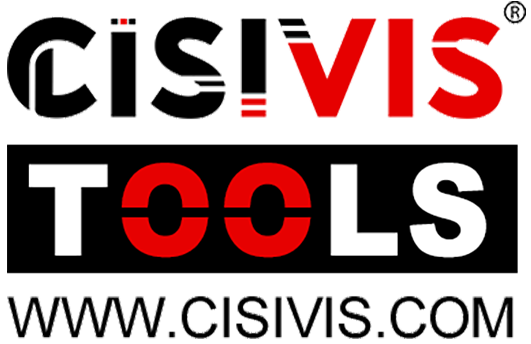What Safety Precautions Need to Be Taken When Using a Hammer Drill Leave a comment
When it comes to power tools, safety should always be a top priority, especially with equipment like hammer drills that can pose significant risks if not used properly. Hammer drills are essential for drilling into hard materials such as concrete and masonry, making them invaluable for construction, renovation, and DIY projects. However, the power and speed of these tools also require caution. In this article, we will explore essential safety precautions that every user should take to ensure a safe and efficient drilling experience.
Personal Protective Equipment (PPE)
Before you even pick up your hammer drill, it’s crucial to equip yourself with the right personal protective equipment (PPE).
-
Eye Protection: Always wear safety goggles or a face shield to protect your eyes from flying debris and dust particles. This simple step can prevent serious injuries.
-
Hearing Protection: Hammer drills can generate significant noise levels. Using earplugs or earmuffs will protect your hearing and ensure you can work comfortably without distraction.
-
Gloves: A good pair of gloves will not only provide a better grip but also protect your hands from vibrations and accidental cuts or scrapes.
-
Dust Masks: In environments where drilling creates dust, a dust mask is essential. It helps prevent inhalation of harmful particles, ensuring you breathe clean air while you work.
Pre-Use Inspection
Before diving into your project, take a moment to inspect your tools.
-
Tool Check: Always ensure that your hammer drill is in good working condition. Look for any signs of damage or wear that could compromise performance or safety.
-
Bit Inspection: Confirm that the drill bit is appropriate for the material you’re working with and that it is securely fastened in the chuck. Loose bits can lead to inaccuracies and accidents.
-
Battery and Cord Safety: For cordless models, check the battery charge and overall condition. If you’re using a corded drill, inspect the power cord for any frays or damage. Using a compromised tool can lead to electrical shocks or malfunctions.
Safe Operation Techniques
Once you’ve ensured your equipment is ready, focus on safe operation techniques.
-
Stable Positioning: Position yourself in a stable stance to maintain balance while drilling. This reduces the risk of slips and falls, especially when applying pressure.
-
Proper Grip: Always use both hands to control the drill. A firm grip enhances stability and accuracy, allowing for cleaner holes without the risk of losing control.
-
Controlled Speed and Pressure: Adjust the speed according to the material being drilled. Applying consistent pressure helps achieve the best results without overexerting the tool or yourself.
-
Drilling Angle: Keep the drill perpendicular to the surface. This not only improves accuracy but also minimizes wear on the drill bit.
Environmental Safety
Your work environment plays a significant role in ensuring safety while using a hammer drill.
-
Work Area Clearance: Keep your workspace free of clutter and obstructions. A clean area minimizes the risk of tripping and allows for better focus on the task at hand.
-
Ventilation: Make sure the area is well-ventilated to reduce dust accumulation and enhance air quality.
-
Electrical Safety: Be mindful of electrical wires and plumbing when drilling into walls or floors. Use a stud finder to avoid accidental damage.
Post-Use Procedures
After completing your drilling tasks, there are essential steps to follow for safety and maintenance.
-
Tool Maintenance: Clean your hammer drill and bits after use to prevent debris buildup. Regular maintenance extends the life of your tools and ensures optimal performance.
-
Storage: Store your drill in a dry and secure place to prevent damage and unauthorized use. A well-organized tool storage system can also help you find your tools quickly for future projects.
-
Inspection for Wear: Regularly check your drill and accessories for signs of wear. Addressing issues promptly can prevent accidents and keep your equipment running smoothly.
Emergency Procedures
Even with all precautions in place, accidents can happen. It’s essential to be prepared.
-
Injury Response: Always have a first aid kit readily available in your workspace. Knowing how to respond to common injuries can make a significant difference in outcomes.
-
Tool Malfunction: If your hammer drill malfunctions, turn it off and disconnect it immediately. Address the issue before attempting to use it again to prevent further problems.
Conclusion
Using a hammer drill can greatly enhance your productivity, but safety must remain a priority. By following these precautions—utilizing the proper PPE, conducting pre-use inspections, applying safe operation techniques, ensuring a safe work environment, adhering to post-use procedures, and being prepared for emergencies—you can create a safer working environment and reduce the risk of accidents.
Remember, investing in safety is investing in your efficiency and well-being. Equip yourself with knowledge, adhere to safety practices, and enjoy the power of hammer drilling with confidence. For high-quality hammer drills and accessories, explore our extensive range at [Your Company Name]. Your safety and satisfaction are our top priorities!



